The living room is undeniably a home’s central hub. As a shared space, its atmosphere should be inviting from the moment you step inside. It should be a haven where you and your family feel entirely at ease. Deciding how to achieve this might seem daunting, but the initial step is selecting the right furniture to define the space. Aesthetics and ambiance are paramount. Therefore, focusing on furniture first is crucial for creating a thriving environment. It’s a place for relaxation and joy. We’ve compiled 10 tips to guide you in choosing the perfect living room furniture.
1. Define the Budget
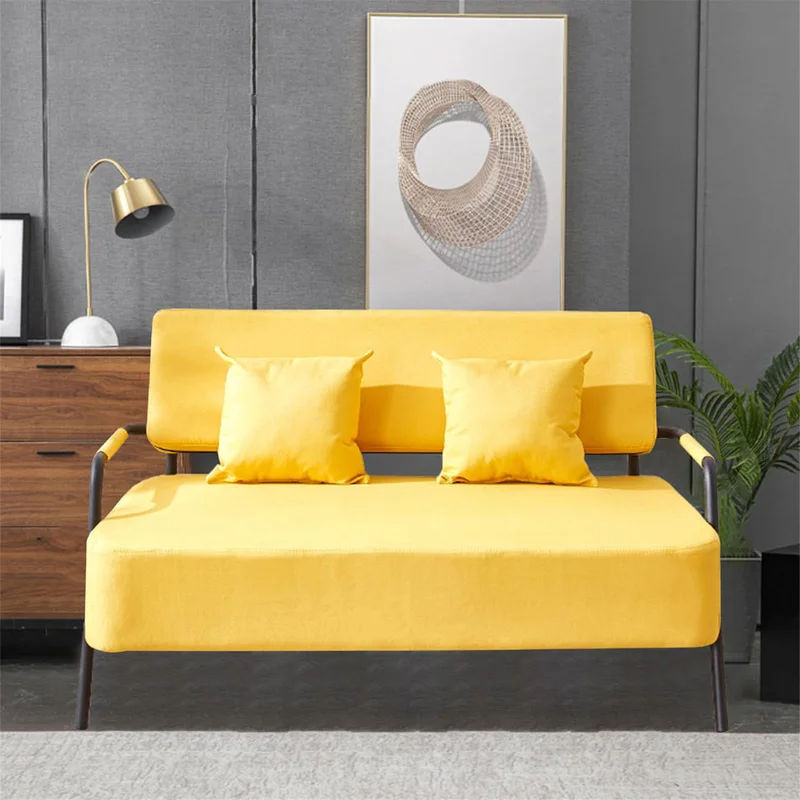
A living room remodel demands a well-defined budget. First, determine your maximum spending limit for furniture. Create a list of preferred stores. Set price limits for sofas, tables, ottomans, and other essential items. regularly review your list, prioritizing needs and eliminating unneeded items. If furniture costs are a concern, explore thrift stores for affordable options. A clear budget helps you stay on track. Add a 20% buffer for unexpected expenses.
2. Sketch the Floor Plan
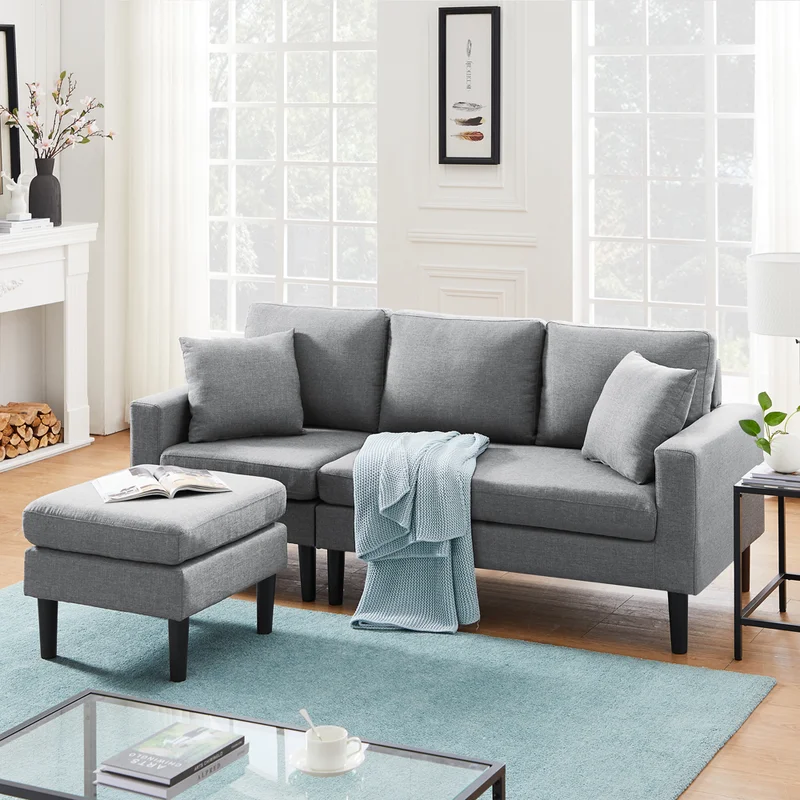
Sketching your floor plan is a key, enjoyable step. Don’t stress about perfect accuracy. Focus on essential details like shape and dimensions. Measuring the floor-to-ceiling height is also beneficial. This helps you choose furniture like shelves that fit well. Floor plan sketches don’t take long. They give you a sense of furniture space. Buying ill-fitting furniture wastes time and money. Explore different living room layouts, considering each furniture piece.
3. Select the Theme for the Space
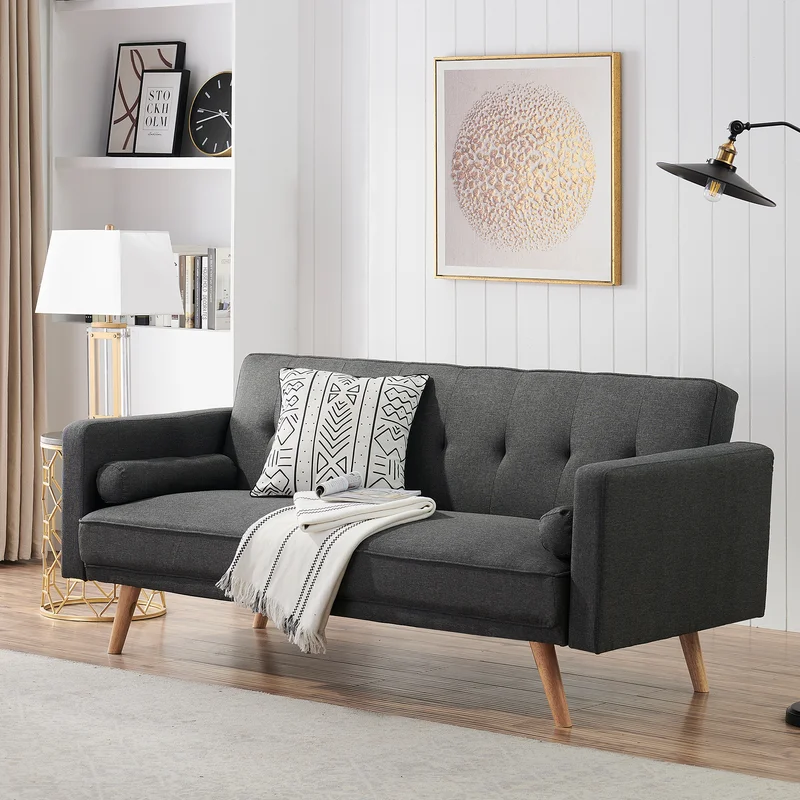
Before buying furniture, define your living room’s theme. Many styling options exist. Choose classic, conventional styles for curves and details. Opt for sleek, sharp metro or modern styles. Many styles are available. Select the one that best fits your taste. Clearly envision your desired living room theme and how furniture will complement it. If you’re not remodeling, select furniture that matches your living room’s current look.
4. Pick Complementing Colors
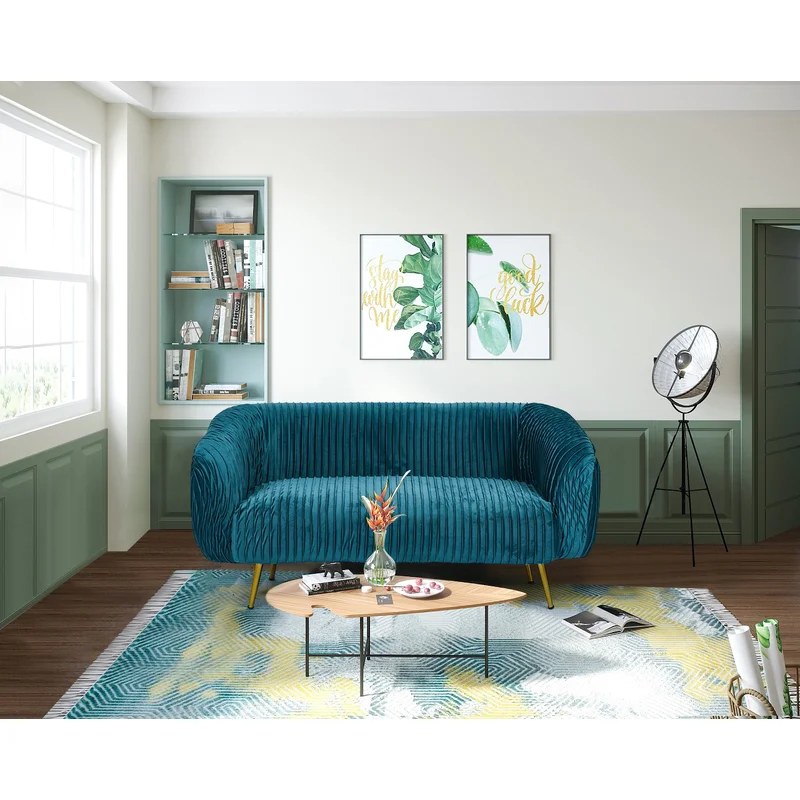
Furnishing a room, whether starting fresh or updating, requires furniture that harmonizes with the room’s color scheme. Navigating color choices can be tricky, so using a color wheel to find complementary shades is helpful. The options are vast! if color selection feels overwhelming, focus on the materials. Wood and steel are common furniture materials that significantly impact a living room’s aesthetic. We no you desire perfection, but start with the fundamentals: choose colors and materials that suit your living space.
5. Take Note of the Measurements
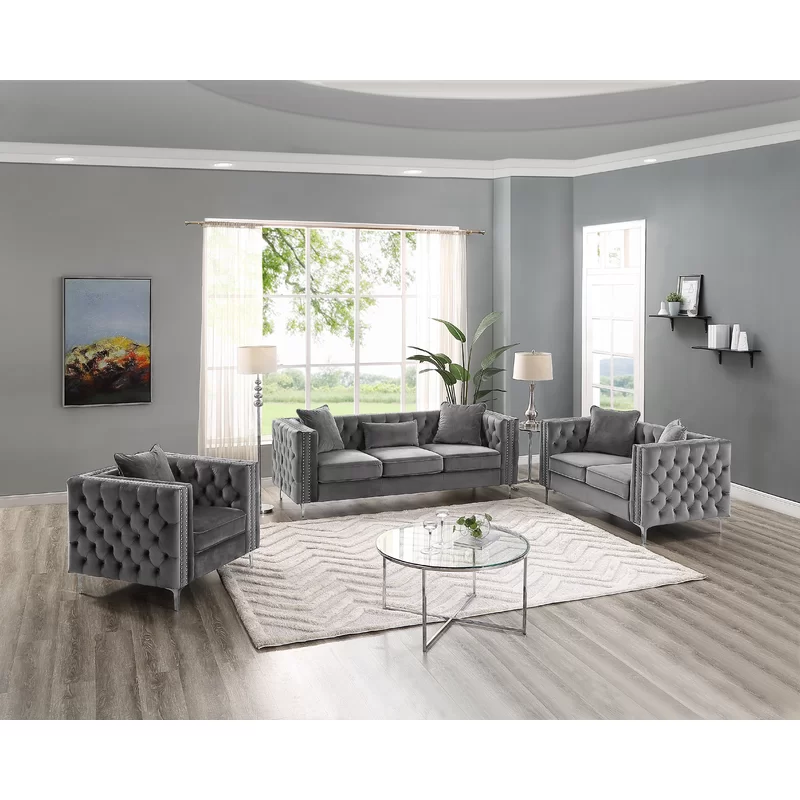
Furniture size is as crucial as your living room’s dimensions. A tape measure will be essential when noting thes measurements. Use tape to mark where furniture will go. Accurate measurements are key to ensuring furniture fits your living room. Clear the room and use tape to outline furniture placement. This helps assess if the space allows easy movement. Keep these measurements in mind while furniture shopping. This will help you choose pieces that perfectly fit the entire area.
6. Evaluate the Interior Architecture

Before you head to the furniture store, carefully assess your space. Observe the living room’s existing design. Are there visible beams or columns? How many windows are present, and will they allow sufficient natural light? consider these questions as you examine the room.Even better, photograph the space. Note the colors and materials of the walls and floors.Fabric samples can also be helpful.This gives you a range of options to refer to when making choices.Keep a picture of the entire living room to use as a guide while shopping online or in-store. Use it to visualize how new pieces will fit into the room.
7.Know the Number of People
Make informed and economical decisions. First, determine your living room’s capacity. Is it for a large family, or just yourself? Knowing the typical number of users helps refine your furniture choices. Plan for extra space for gatherings or casual movie nights. ensure ample, agreeable seating. This makes the room feel welcoming and inviting.
8. Be Resourceful
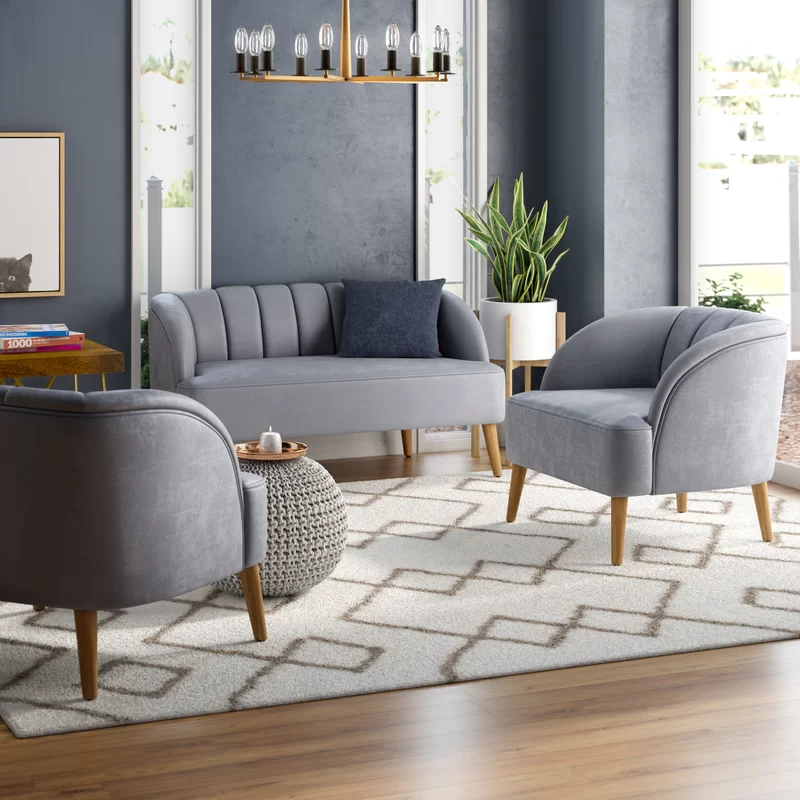
Sticking to a budget? Maximize your current resources. Explore furniture stores for couches, armchairs, coffee tables, side tables, and shelves.Supplement in-store options with online searches. This saves time and energy by revealing a wider range of choices, complete with dimensions. Remember to manage expectations regarding actual appearance. Prioritize reviews from past buyers. Consider secondhand items; some people declutter furniture in good condition. Check online marketplaces and thrift stores for hidden gems.
9. Scrutinize the Type of Material
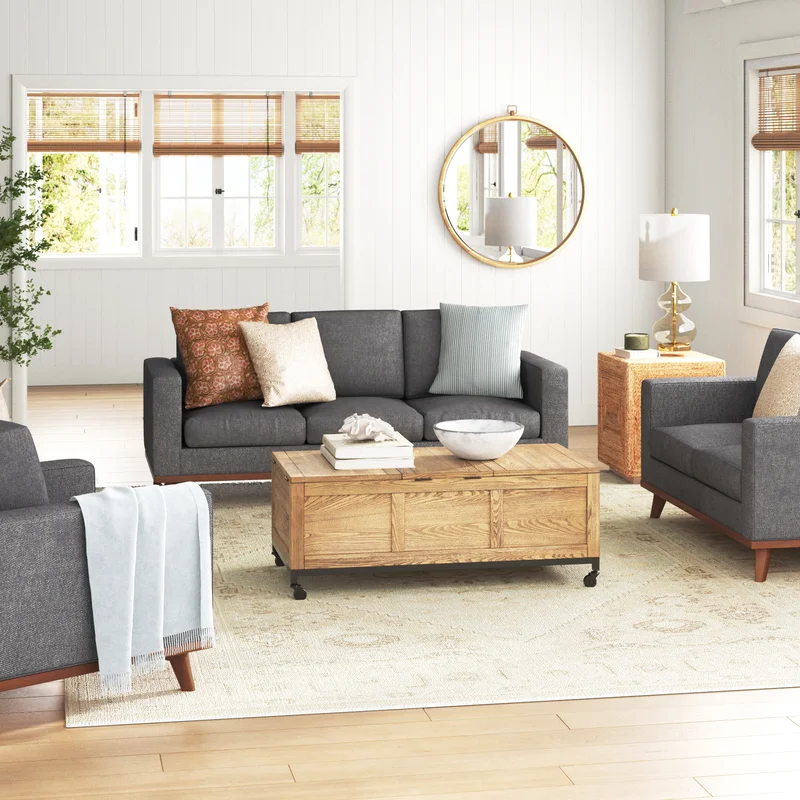
Understanding furniture materials is essential. Check the manual or consult experts. confirm the material resists heat, dust, and moisture. Cheap leather can degrade. Invest in durable materials. Beyond leather, choose easy-to-clean fabrics for stains. New vacuums now simplify furniture cleaning. Consider long-term appearance and cleanliness.Prioritize high-quality materials and upholstery. Luxury items are pricier but last longer. Stain-resistant fabrics are ideal for frequent entertaining or movie nights.
10. Allow the Furniture to Coordinate
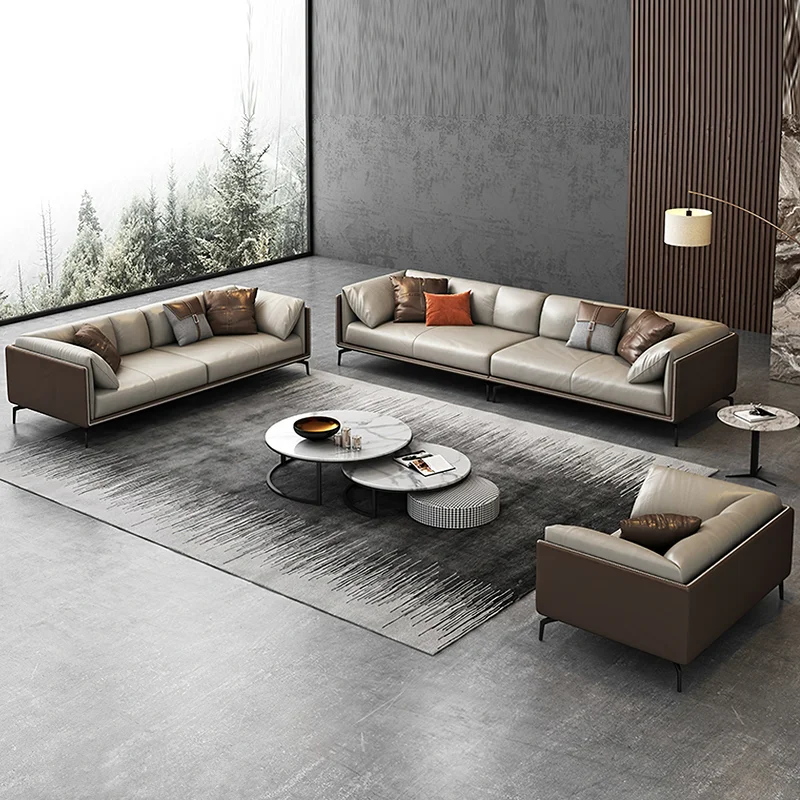
Beyond selecting furniture materials, designs, and colors, understanding how elements harmonize is key. This is more challenging than buying furniture. It reveals if pieces truly match your desired atmosphere. Furniture coordination isn’t just about matching colors or materials. It’s about how pieces enhance each other within the living room. If they clash, find ways to create a sense of unity. Adjust details and creatively blend them together.
